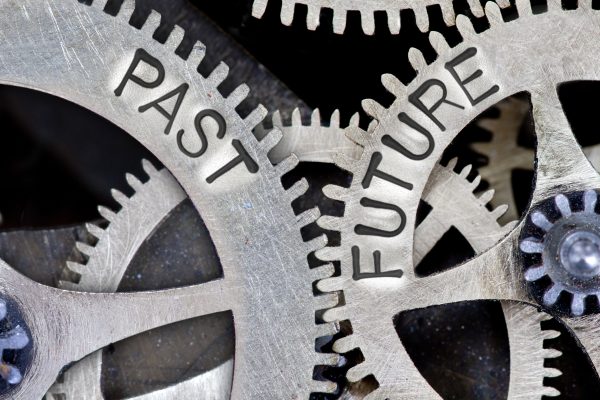
Since ancient times, skylights have been used to provide natural daylighting to building interiors. Skylights of those early days did not in any way resemble the skylights that we install today, but the concept was the same. That the ancient people sought to bring natural daylight into building interiors through openings in ceilings speaks volumes about the efficacy of skylight technology.
Skylights in Ancient Rome
One of the earliest examples of skylights in the ancient world can be found in the Pantheon, which featured top lighting in the form of a round opening that opened to the sky. That skylight, the structure’s only window, is still visible to this day.
Unfortunately, this type of window – open to the sky and without glass – is less practical in parts of Europe where wet weather is common.
Middle Ages
Early skylights of the Middle Ages were sometimes called “roof lanterns,” and did not have glass. Even after glass was invented, it was restricted to relatively small sizes. Windows and skylights continued to feature small openings with no glazing or protection. In the case when glass was used in windows and skylights, it was often limited to very ornate settings like castles and churches.
Eventually, glass became a more common material and innovations (like addition of lead to glass) made the material more workable and practical. Renaissance and Baroque period buildings both featured buildings with glass windows. When possible, glass was framed with wood to make it more attractive, although it was prone to leaking.
17th-18th Century France
The time period of 17th and 18th century France saw a variety of structures with glass skylights including the Parisian building called Halle aux Blés. This building used glass to allow for more skylights and therefore greater amounts of light to enter the building. In 1830, modern skylights were installed in Versailles. They ran down the length of the gallery.
Industrial Revolution
During the industrial revolution, it became possible to create glass in giant sheets, then the sheets were polished to have a clear finish. During this time, skylights were used in homes and in factory buildings to provide supplemental light to building and home occupants.
Skylights were often found over staircases to make them safer, and in other parts of the buildings and homes where there was limited ability to light the area with oil lamps. These skylights improved working conditions in factory settings.
World War II
Villum Kann-Rasmussen of the VELUX company thought that fresh air and sunlight were beneficial to human health – and he was right! Material and supply challenges of the World War II era made it impossible for him to get what he needed to create standard skylights. Instead, he purchased wooden framing and zinc cladding to create the skylight.
Skylights of Today
New Technology innovations have changed the nature and performance of skylights. While some skylights are still made from wood framing and are thus vulnerable to rot when exposed to moisture, VTECH Skylights have transformed the skylight industry. VTECH skylights, made from a solid-state system, are impervious to the harmful effects of precipitation. VTECH skylights are also made from high performance, energy efficient glass. The old skylight glass of previous eras are a material through which energy can be gained and lost. Old skylight glass can also be broken when exposed to impact.
VTECH Solid-State skylights are a superior example of the ways that new technology skylights have improved over skylights of years past. VTECH skylights are made with Cardinal LOE-366 glass, which features superior durability and energy efficiency. Here’s what you should know about VTECH skylights and the process of RIM technology:
- LoE-366 glass used in Solid-State Skylight application blocks the rays from the sun that would heat up your home or building and cause your furniture, wood fixtures, and flooring to fade
- LoE-366 glass is also compliant in every ENERGY STAR zone, if it’s used in double pane skylights.
- It will not contribute to your home or building getting hot in the summer or cold in the winter. No matter how cold or hot it gets outside, your interior pane of glass should maintain a reasonable temperature.
- LoE-366 glass used in RIM technology is safe from deadly storms, sound transfer, fire, fall protection, and leaks of any nature.
Want Skylights For Your Home or Commercial Building? Contact VTECH to Learn More
Today’s skylights can add value to your home or commercial building, especially if you’re installing high-quality skylights from VTECH? Call VTECH Skylights today to learn more.